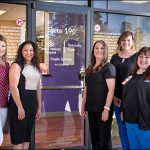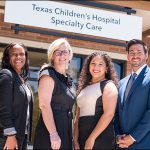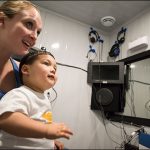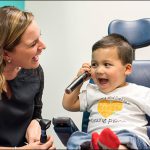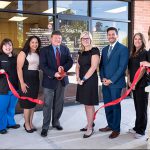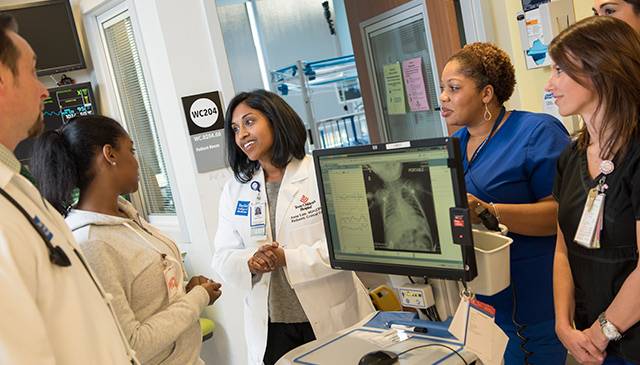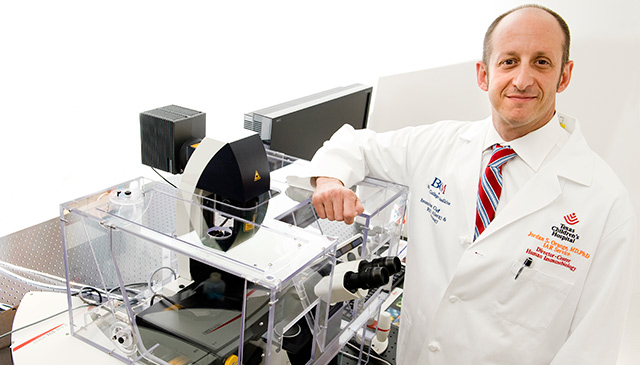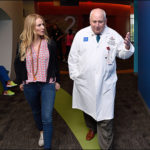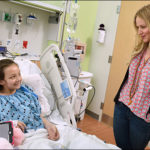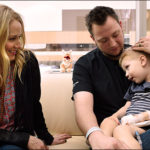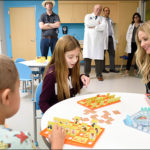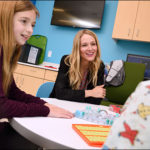 With the help of physicians in interventional radiology, anesthesiology and pathology at Texas Children’s Hospital, children in Vietnam suffering from severe and debilitating vascular anomalies are getting the help they desperately need.
With the help of physicians in interventional radiology, anesthesiology and pathology at Texas Children’s Hospital, children in Vietnam suffering from severe and debilitating vascular anomalies are getting the help they desperately need.
At the beginning of the year, a medical team from Texas Children’s traveled to the University of Medicine and Pharmacy Hospital in Ho Chi Minh City, Vietnam to examine and treat patients with vascular anomalies as well as to train medical staff at the University Hospital to perform certain life-altering procedures on their own.
The effort is an extension of the active collaboration between the Vietnam Vascular Anomalies Center (VAC) based in Ho Chi Minh City and the Global Pathology program at Texas Children’s Hospital, launched in 2013 by Dr. Thuy Phung, a pathologist and associate director of Texas Children’s Global Pathology. Global Pathology is based in the Department of Pathology, under the leadership of Texas Children’s Pathologist-in-Chief Dr. James Versalovic.
The Vietnam VAC was established in 2009 by Phung and a team of physicians at Harvard Medical School and Ho Chi Minh City. Its mission is to provide safe and effective humanitarian medical care for underserved Vietnamese children with vascular and pigmented birthmarks, and to promote active collaboration between Vietnamese and U.S. physicians to improve the health of these children.
“We have been thinking about and working on the formation of an interventional radiology team that can work with the Vietnam VAC for some time and feel that our initial efforts have been extremely successful,” Phung said. “The techniques that we are teaching physicians in Vietnam can make a huge difference in the lives of children with vascular anomalies.”
During the team’s week-long visit to Ho Chi Minh City in January, members worked with and trained a local clinical team led by Dr. Tran Quoc Tuan, an interventional neuroradiologist at the University of Medicine and Pharmacy Hospital. Together, they evaluated and consulted on 38 adult and pediatric patients, providing recommendations on how to best manage their vascular anomalies. Of those patients, the clinical team selected 13 to treat using techniques such as embolization, which involves the injection of special medications into abnormal blood vessels under ultrasound and X-ray.
These treatments are common across the globe but can only be appropriately performed by highly trained medical professionals and require an experienced support team, such as a pediatric anesthesiologist, interventional radiologist, interventional radiology nurse practitioner and interventional radiology technologist proficient in the procedures. Texas Children’s brought all of the above to the Vietnam VAC, enabling several children, including a young boy whose vascular lesion was impeding his ability to breathe, to get the appropriate treatment and go home with a chance at a drastically improved life.
“This partnership has enabled us to train our clinical colleagues in Ho Chi Minh City to independently handle vascular anomaly patients and act as a referral center for the country,” said Texas Children’s interventional radiologist Dr. Sheena Pimpalwar. “Due to a large population of children in Vietnam who are affected by vascular anomalies and our ability to treat them in a multi-disciplinary fashion, this program has huge potential for growth.”
Texas Children’s pediatric anesthesiologist Dr. Helena Karlberg emphasized the importance of having a multi-disciplinary approach available to patients at the Vietnam VAC and described the role of the anesthesiologist as one that includes early planning of airway management in patients undergoing procedures of the head and neck regions, and monitoring for, and treatment of any adverse effects by agents used during vascular anomaly care.
“These rather specialized procedures require a great deal of expertise,” Karlberg said. “I am grateful for the opportunity to share my knowledge and experience assisting and instructing others to develop their own skills in caring for this group of patients.”
To ensure that patients receive the highest quality treatment, the Texas Children’s Hospital medical team plans on traveling to Vietnam each year to treat patients and to continue training the medical staff at the Vietnam VAC. In the meantime, the Texas Children’s team will consult with physicians in Vietnam on patient management via email, telephone and video conference.
Members of the Texas Children’s Hospital medical team that recently traveled to Vietnam include:
- Dr. Alex Chau, interventional radiologist
- Heather Cleveland, advanced clinical specialist and interventional radiology technologist
- Dr. Helena Karlberg, pediatric anesthesiologist
- Dr. Thuy Phung, associate director of Texas Children’s Global Pathology
- Dr. Sheena Pimpalwar, interventional radiologist
- Holly Phan Tran, vascular anomalies nurse practitioner
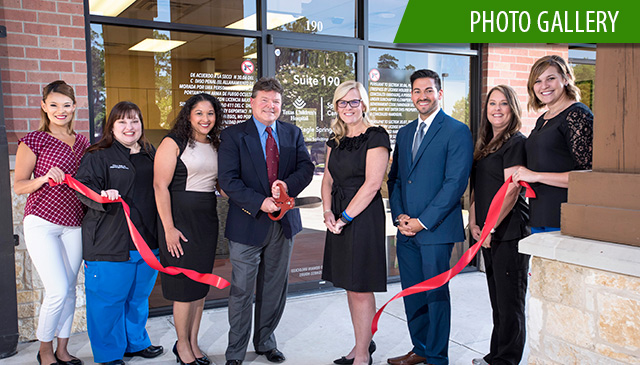 Texas Children’s joined forces with community leaders on May 5 to celebrate the opening of Specialty Care at Eagle Springs.
Texas Children’s joined forces with community leaders on May 5 to celebrate the opening of Specialty Care at Eagle Springs.


